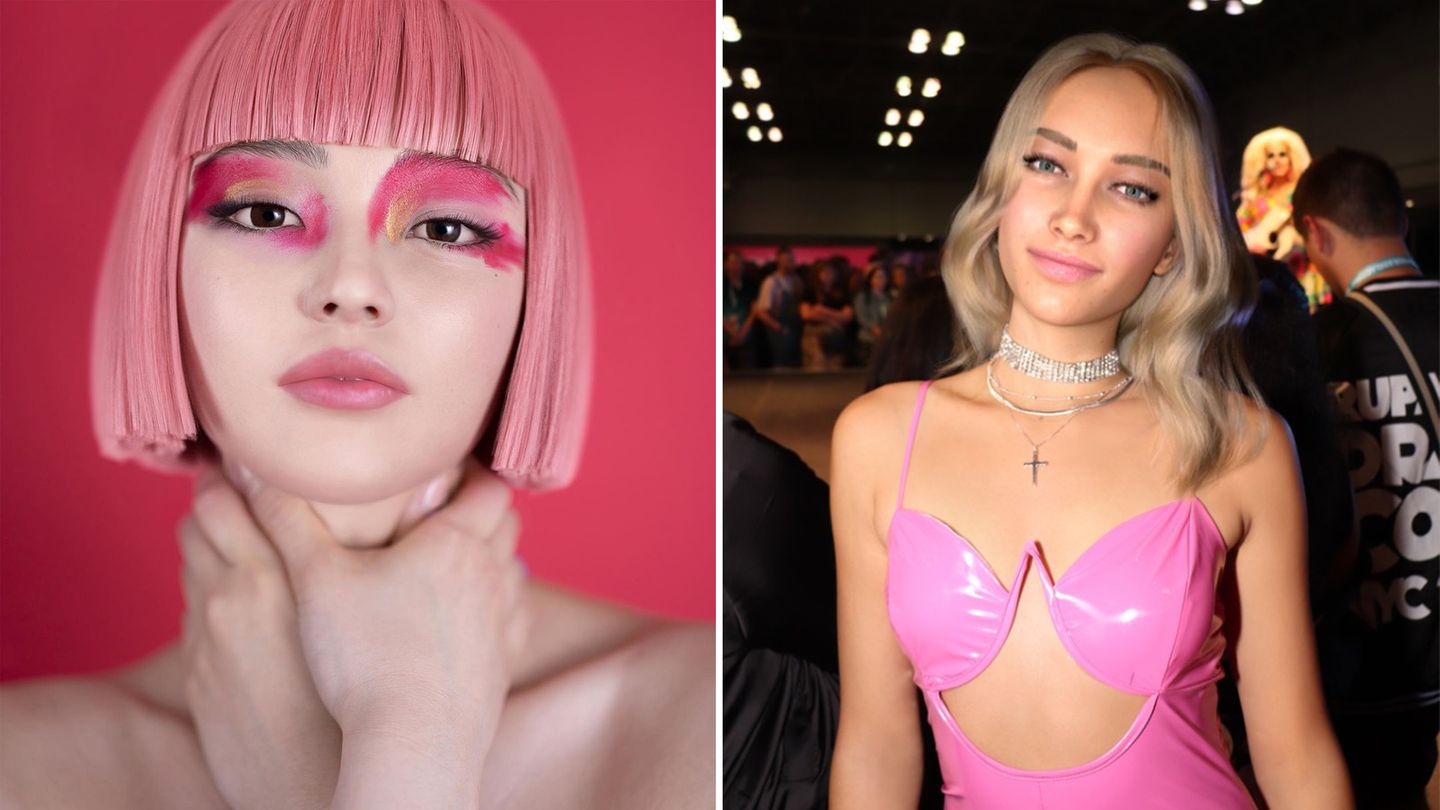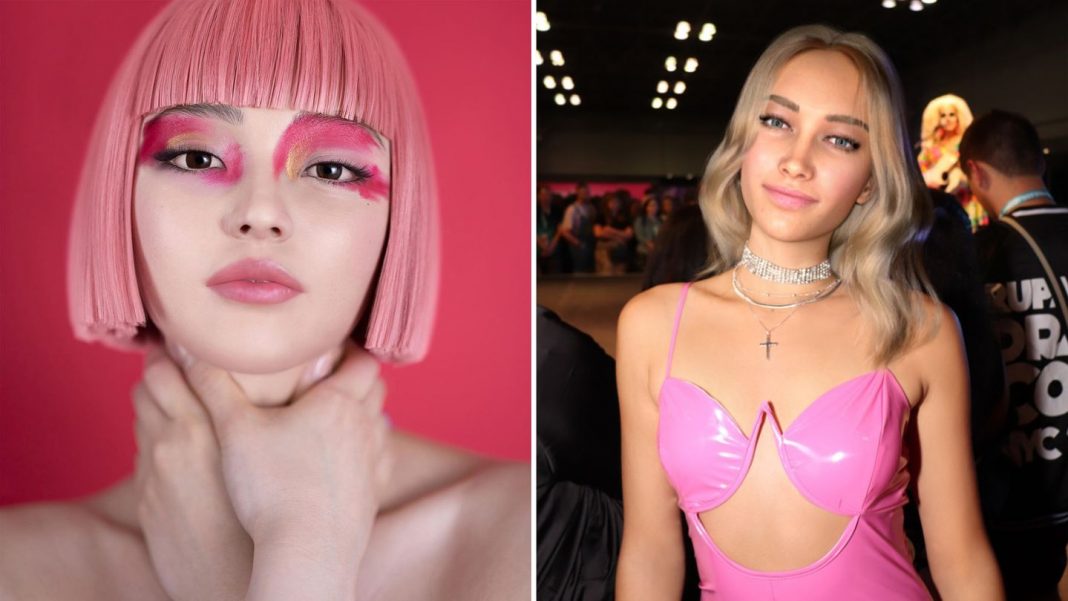
What is real and what is fake? This question is often asked when looking at social media.
Through image processing, camera tricks, filters and advantageous poses, influencers often present themselves perfectly.
This impression is also created by the profiles of Instagram stars Imma and Bermuda.
The successful influencers have hundreds of thousands of followers on social networks.
But for the” perfect ” picture, the social media stars go one step further.
The two influencers are not real people of flesh and blood.
The deceptively real images of the virtual beauties are created on the computer.
In addition to Imma and Bermuda, there are numerous other successful – more or less convincing – virtual influencers. One of the most famous accounts is, with more than three million Instagram followers, Lil Miquela.
Scandals, opinions, hobbies and friendships-the social media posts give the impression that they are real people. And that’s worth it: Because the virtual Internet stars sometimes have advertising deals with world-famous brands.
The profiles of the artificial influencers make it clear: Not everything you see on social media is real-and this now also applies to people.
How do we in the editorial office examine videos for manipulation? A look at the details is important. The individual images of a video often reveal whether a video has been edited. We look closely at each picture and enlarge individual sections. Indications for a fake are, for example: lack of motion blur, unnatural shadow cast or editing errors. In the case of the star, the following generally applies: seriousness before speed. We always check facts and material thoroughly before publishing them. For this we work with the cross-editorial “Team Verification” together with RTL, NTV, RTL2, Radio NRW.


